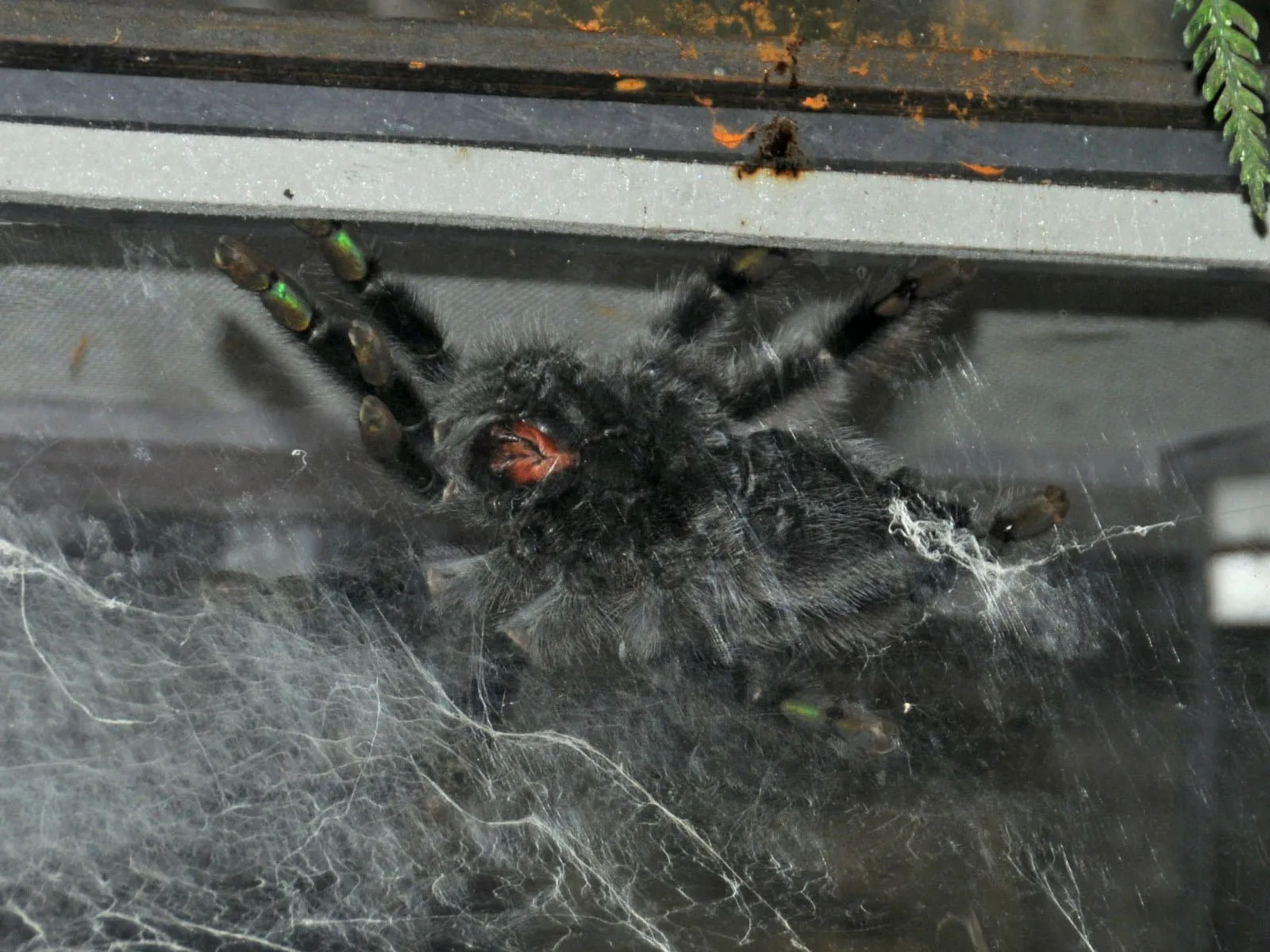Pinktoe Tarantula Habitat Top 5 Facts
The Pinktoe Tarantula (Avicularia avicularia) a beautiful and popular pet, hails from the tropical rainforests of South America and the Caribbean. Creating a suitable habitat is crucial for their health, well-being, and longevity. A well-designed habitat mimics their natural environment, providing the necessary conditions for them to thrive. Understanding the specific needs of these arboreal tarantulas is the first step towards responsible pet ownership. This guide will explore the top five essential facts to consider when setting up and maintaining a Pinktoe Tarantula habitat, ensuring a happy and healthy life for your eight-legged friend. Proper habitat design is more than just aesthetics it’s the cornerstone of successful tarantula keeping. These facts cover everything from enclosure size and substrate to temperature, humidity, and feeding, equipping you with the knowledge you need to create an ideal home for your Pinktoe Tarantula.
Fact 1 Proper Enclosure Size
Choosing the right enclosure size is paramount for a Pinktoe Tarantula’s well-being. They are arboreal, meaning they live in trees, and require height more than floor space. A good rule of thumb is to provide an enclosure that is at least three times the tarantula’s leg span in height. For an adult Pinktoe, this typically translates to an enclosure that is about 12x12x18 inches or larger. The enclosure must also have adequate ventilation to prevent the buildup of stagnant air and mold. A front-opening enclosure is often preferred as it allows for easy access for feeding and maintenance without disturbing the tarantula. The enclosure should be escape-proof, with a secure lid to prevent any unexpected escapes. Ensure the enclosure material is transparent, allowing for clear viewing of your tarantula, providing both you and the tarantula a comfortable environment.
Why Size Matters
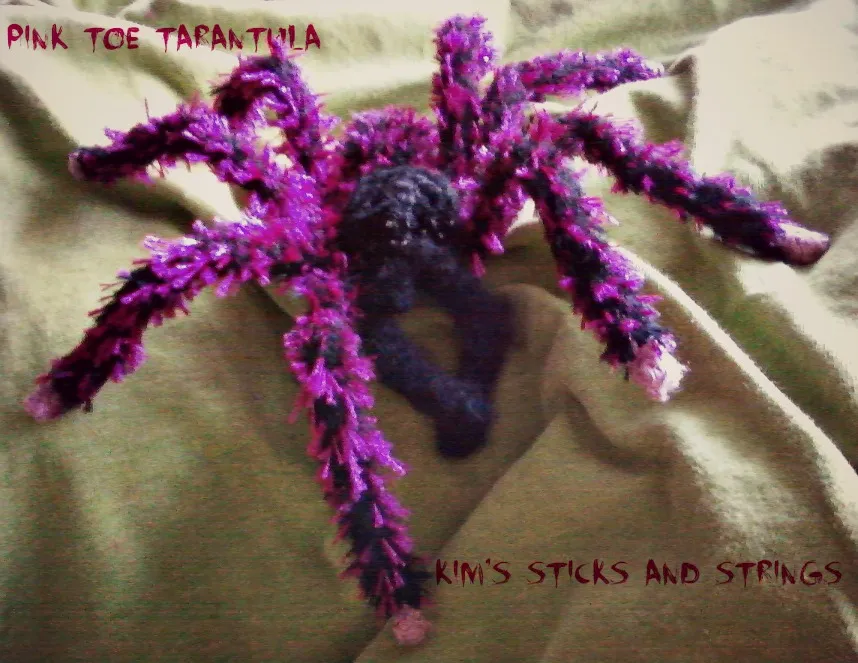
The size of the enclosure directly impacts the tarantula’s ability to exhibit natural behaviors and feel secure. Too small of an enclosure can lead to stress, inhibiting their growth and potentially shortening their lifespan. A larger enclosure provides more space for the tarantula to move, explore, and establish its territory. It also allows for better temperature and humidity gradients, which are essential for their health. Adequate space also helps in preventing the tarantula from feeling trapped or exposed, which can reduce stress levels and promote a more relaxed demeanor. A well-sized enclosure not only enhances the aesthetic appeal of your setup but also contributes significantly to the overall health and happiness of your Pinktoe Tarantula. Consider the ultimate size of your Pinktoe Tarantula and anticipate the space they will need as they grow and mature.
Fact 2 Substrate Essentials
The substrate is the foundation of a healthy Pinktoe Tarantula habitat, serving multiple crucial functions. The primary roles of the substrate are to absorb moisture, maintain humidity, and provide a surface for the tarantula to burrow or climb. A proper substrate should also be non-toxic and free from harmful chemicals that could harm your pet. The depth of the substrate is also a consideration, but Pinktoes are arboreal and usually do not burrow; a depth of about 2-3 inches is usually sufficient. The substrate should cover the bottom of the enclosure thoroughly and provide a naturalistic look that mimics their natural environment. Choose the right substrate material and maintain it properly to promote optimal health and well-being for your Pinktoe Tarantula, creating a comfortable, clean, and safe environment.
Ideal Substrate Options
Several substrate options are suitable for Pinktoe Tarantulas. A mix of coconut fiber, sphagnum moss, and a small amount of vermiculite or peat moss is often recommended. Coconut fiber is an excellent choice because it holds moisture well and resists mold growth. Sphagnum moss helps maintain humidity and provides a natural aesthetic. Vermiculite or peat moss can be added to enhance the moisture retention properties of the substrate. Avoid substrates like sand or gravel, as they do not retain moisture well and can be abrasive. Always ensure the substrate is clean and free from any pesticides or chemicals before introducing it to the enclosure. Regularly replace or spot-clean the substrate to prevent the buildup of waste and maintain a healthy environment. Proper substrate selection is vital for providing a suitable habitat for your Pinktoe Tarantula, promoting good health, and replicating their natural environment.
Maintaining Humidity
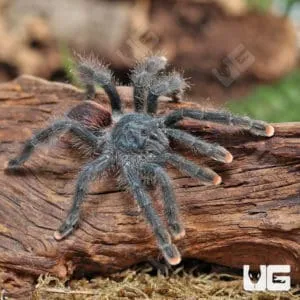
Maintaining the correct humidity levels is crucial for the health of your Pinktoe Tarantula. Pinktoes thrive in a humid environment, typically around 70-80%. To achieve this, regularly mist the enclosure with dechlorinated water, ideally once or twice a week, depending on the ventilation and ambient humidity levels. You can monitor humidity levels using a hygrometer placed inside the enclosure. Proper ventilation is also essential. While humidity is critical, stagnant, overly humid environments can lead to mold growth and respiratory problems. Ensure there is sufficient air circulation by providing cross-ventilation in the enclosure. Avoid over-misting the enclosure, which can saturate the substrate and create an unhealthy environment. Monitoring and adjusting humidity levels will help ensure a healthy and thriving habitat for your Pinktoe Tarantula.
Fact 3 Essential Decorations and Hides
Decorations and hides not only enhance the aesthetic appeal of the enclosure but also provide crucial elements for the well-being of your Pinktoe Tarantula. These elements offer security, encourage natural behaviors, and provide essential enrichment. Including decorations creates a more stimulating environment, which contributes to the overall health and happiness of your pet. Creating a visually appealing enclosure is part of creating a healthy and stimulating habitat for your Pinktoe Tarantula. Carefully selected decorations can also help in maintaining proper humidity levels and temperature gradients within the enclosure. Incorporating various features that meet the tarantula’s needs will provide a positive environment, promoting good health and well-being.
Types of Hides
Providing a secure hide is essential for a Pinktoe Tarantula. Cork bark tubes or half logs are excellent choices, allowing the tarantula to retreat and feel safe. These hides offer a naturalistic look while providing a secluded space for resting and molting. Artificial hides, such as pre-made tarantula hides, can also be used. The hide should be appropriately sized so the tarantula can easily fit inside and feel secure. Positioning the hide in a corner or against a side of the enclosure provides added security. Multiple hides can be placed in the enclosure to give the tarantula options and prevent territorial disputes. Ensure the hide is clean, non-toxic, and free from sharp edges. Hides serve as a fundamental component of the habitat, promoting the tarantula’s physical and psychological well-being.
Benefits of Decorations
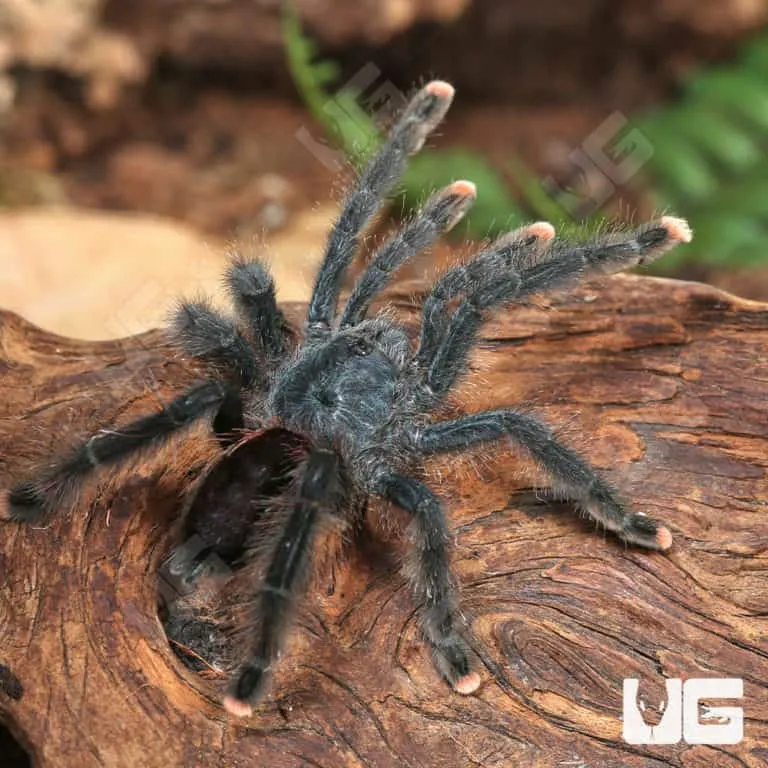
In addition to hides, other decorations can enrich the Pinktoe Tarantula’s environment. Artificial plants, such as silk or plastic leaves, branches, and vines, provide climbing opportunities and add to the naturalistic appearance of the enclosure. These decorations also help in maintaining humidity and can act as additional hiding spots. Avoid using decorations that are too small or could pose a choking hazard. Ensure the decorations are clean and non-toxic, and arrange them to create a comfortable and stimulating environment. Decorations also offer your Pinktoe Tarantula enrichment. Enriching the enclosure is important for reducing stress and encouraging the tarantula to engage in natural behaviors. Choosing safe, appealing decorations can help create a well-rounded habitat, promoting the health and happiness of your pet.
Fact 4 Temperature and Lighting Needs
Maintaining the correct temperature and lighting conditions is vital for the health and well-being of a Pinktoe Tarantula. These conditions influence their activity levels, appetite, and overall health. Understanding the specific requirements helps you create an optimal environment that supports their natural behaviors. A properly heated and lit enclosure will create a thriving and happy Pinktoe Tarantula. Monitoring these environmental factors is essential to ensure they are within the correct parameters.
Optimal Temperature Range
Pinktoe Tarantulas thrive in temperatures ranging from 75°F to 80°F (24°C to 27°C). A consistent temperature is essential, and you can achieve this by using a heat mat or a ceramic heat emitter. Place the heat source on the side of the enclosure rather than underneath to prevent the substrate from drying out too quickly. Monitor the temperature with a digital thermometer placed inside the enclosure. Avoid direct sunlight, as it can overheat the enclosure and be harmful to your tarantula. Maintaining the correct temperature is critical for ensuring a healthy and active Pinktoe Tarantula. Regular monitoring and adjustments are essential for creating the ideal thermal environment.
Lighting Considerations
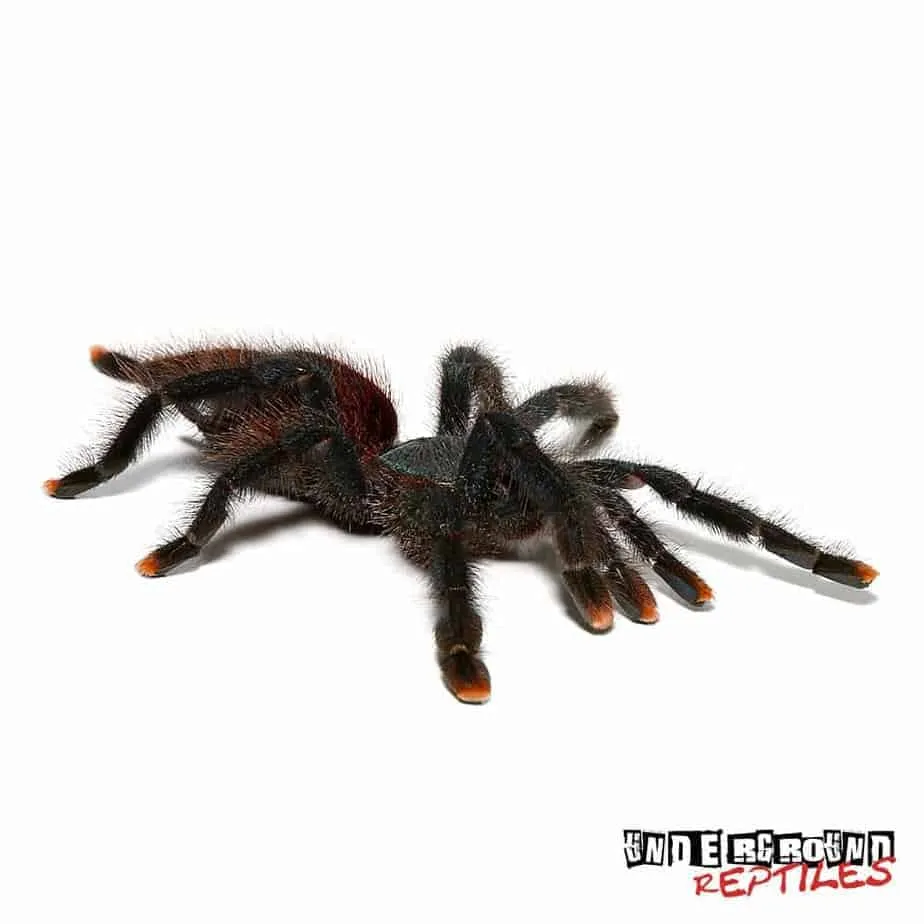
Pinktoe Tarantulas do not require special lighting. However, a natural day-night cycle can be beneficial. Avoid direct sunlight, as it can overheat the enclosure. If you choose to use lighting, a low-wattage LED bulb can provide adequate light without generating excessive heat. A timer can be used to regulate the light cycle, simulating natural day and night. It’s essential to provide a dark hiding spot, allowing the tarantula to retreat from the light if desired. Make sure to monitor your tarantula’s behavior and adjust the lighting as needed. Lighting is more about creating a natural environment, not for the tarantula’s survival, unlike temperature and humidity. The goal is to create a comfortable and healthy environment for your Pinktoe Tarantula.
Fact 5 Water and Feeding Requirements
Proper hydration and nutrition are paramount for a Pinktoe Tarantula’s health and well-being. Supplying fresh water and a balanced diet ensures the tarantula receives the necessary nutrients to thrive. Understanding the specifics of their water and feeding requirements is essential for responsible pet ownership. Proper feeding and hydration will contribute to a long and healthy life for your Pinktoe Tarantula. It is essential to balance your tarantula’s diet with the appropriate hydration.
Watering Guidelines
Fresh, clean water should always be available for your Pinktoe Tarantula. Provide a shallow water dish that is easily accessible and non-tippable. The water dish should be small enough that the tarantula can easily drink from it without risking drowning. The water should be dechlorinated and changed regularly, ideally every few days, to prevent the growth of bacteria and algae. You can also mist the enclosure lightly, allowing the tarantula to drink droplets from the sides of the enclosure or decorations. Be mindful of the humidity levels, as excessive misting can lead to problems. Providing fresh, clean water and monitoring humidity are crucial steps in the care of your Pinktoe Tarantula, promoting its health and well-being.
Feeding Frequency
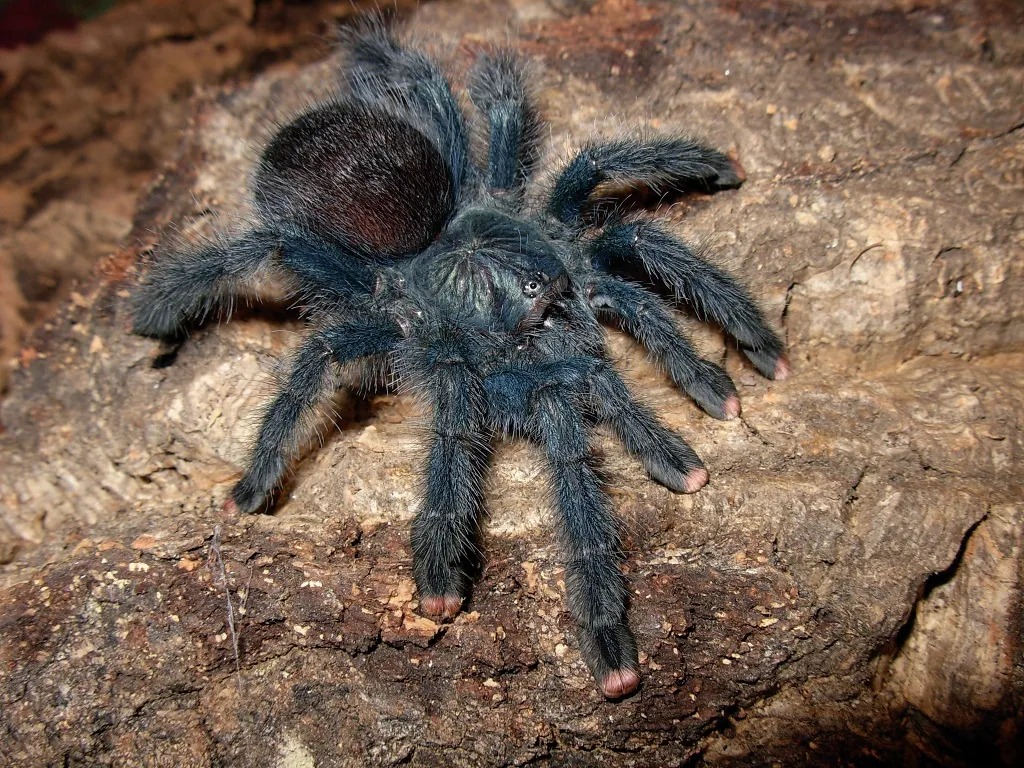
Pinktoe Tarantulas are opportunistic feeders and typically eat insects. The feeding frequency depends on the tarantula’s age, size, and metabolism. Young tarantulas can be fed two to three times a week, while adults can be fed once or twice a week. The size of the prey should be appropriate for the tarantula’s size; generally, the prey should be no larger than the tarantula’s body. Suitable prey includes crickets, roaches, and mealworms. Remove any uneaten prey within 24 hours to prevent stress and the build-up of waste. Ensure the prey insects are gut-loaded with nutritious food before feeding them to your tarantula, providing your tarantula with a balanced diet. Feeding your Pinktoe Tarantula the right amount of food, with the right nutrients, will contribute to its health and happiness.
